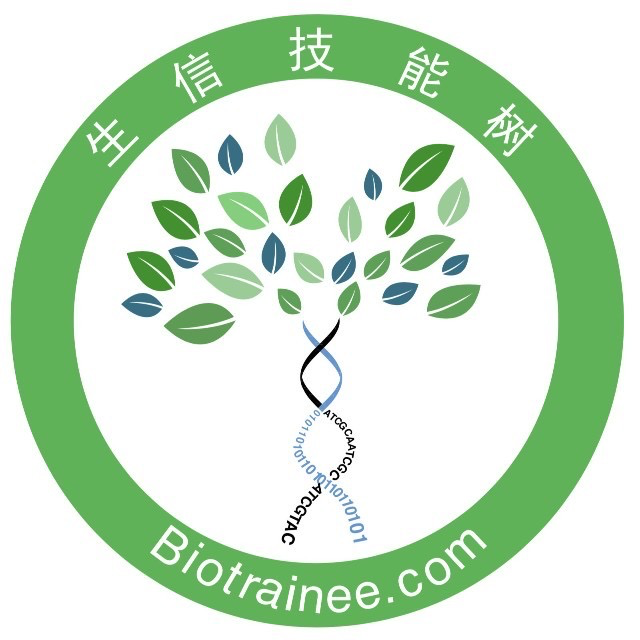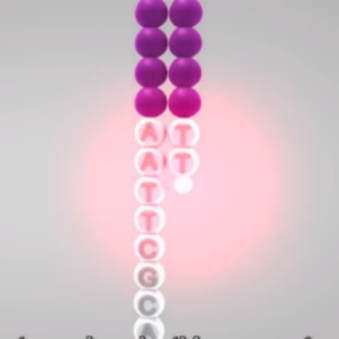OmicVerse is the fundamental package for multi omics included bulk and single cell analysis with Python. For more information, please read our paper: OmicVerse: A single pipeline for exploring the entire transcriptome universe
The original name of the omicverse was Pyomic, but we wanted to address a whole universe of transcriptomics, so we changed the name to OmicVerse, it aimed to solve all task in RNA-seq.
BulkTrajBlend algorithm in OmicVerse that combines Beta-Variational AutoEncoder for deconvolution and graph neural networks for overlapping community discovery to effectively interpolate and restore the continuity of “interrupted” cells in the original scRNA-seq data.
.
├── omicverse # Main Python package
├── omicverse_guide # Documentation files
├── sample # Some test data
├── LICENSE
└── README.mdBinary installers for the latest released version are available at the pypi
pip install -U omicversePlease checkout the documentations and tutorials at omicverse.readthedocs.io.
- [1] Scanpy was originally published in Genome biology
- [2] dynamicTreeCut was originally published in Bioinformatics
- [3] scDrug was originally published in Computational and Structural Biotechnology Journal
- [4] MOFA was originally published in Genome Biology
- [5] COSG was originally published in Briefings in Bioinformatics
- [6] CellphoneDB was originally published in Nature
- [7] AUCell was originally available in Bioconductor, and we use the script of Pyscenic to instead.
- [8] Bulk2Space was originally published in Nature Communications
- [9] SCSA was originally published in Front Genet
- [10] WGCNA was originally avaliable in BMC Bioinformatics
- [11] VIA was originally published in Nature Communications
- [12] pyDEseq2 was originally published in biorxiv
- [13] NOCD was originally avaliable in Deep Learning on Graphs Workshop, KDD
- [14] SIMBA was originally published in Nature Methods
- [15] GLUE was originally published in Nature Biotechnology
- [16] MetaTiME was originally published in Nature Communications
- [1] Cellula is to provide a toolkit for the exploration of scRNA-seq. These tools perform common single-cell analysis tasks
- [2] pegasus is a tool for analyzing transcriptomes of millions of single cells. It is a command line tool, a python package and a base for Cloud-based analysis workflows.
- Zehua Zeng (starlitnightly@163.com or zehuazeng@xs.ustb.edu.cn)
- Lei Hu (hulei@westlake.edu.cn)
We would like to thank the following WeChat Official Accounts for promoting Omicverse.






